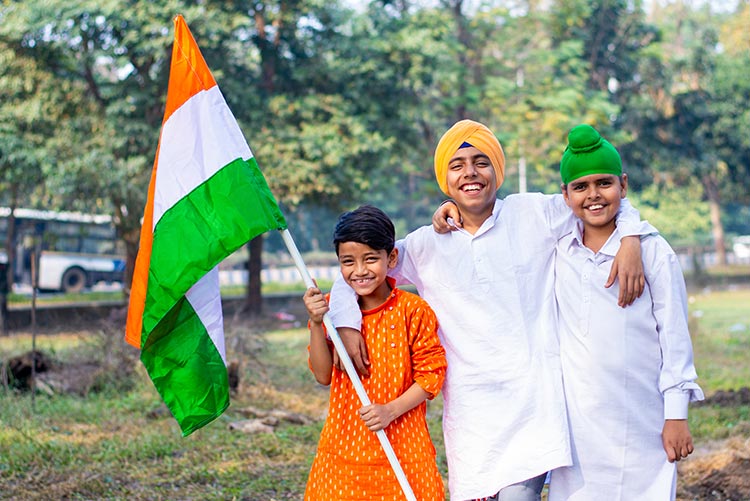
With Republic Day right around the corner, you should brush up your children’s knowledge about our country’s history with some Republic Day facts. On this day, we send our kids to school dressed in ethnic outfits of patriotic colours but we forget to inform them about what the celebration is all about! Kids of all ages may not understand the significance but you could start small with little details that you think they can remember.
I’ve listed out 10 facts about Republic Day for you so that you can teach your children a little about our country’s history surrounding the Indian Republic Day.
Fact 1: The Indian Constitution came into play on Jan 26
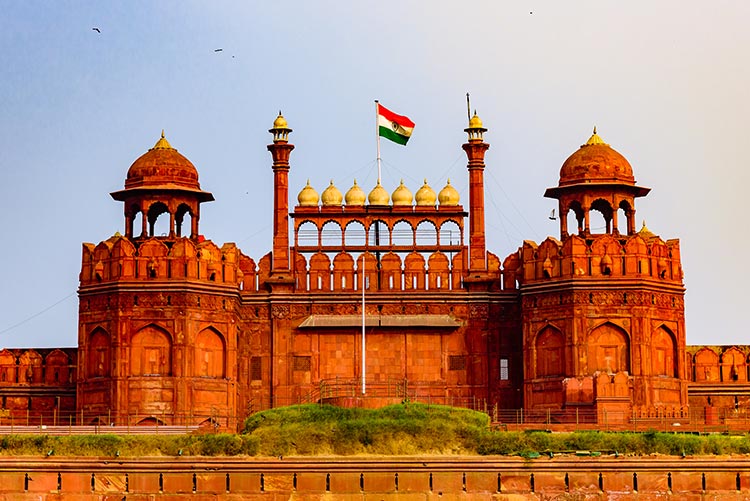
Republic Day is celebrated as the constitution of the country was created on January 26, 1950. This day was picked keeping in mind the same day in 1930 when Pandit Jawaharlal Nehru, the Indian National Congress Head, declared the country a Purna Swaraj – which translates to complete Indian Independence. This was signified by hoisting the Indian flag on the bank of the river Ravi.
Fact 2: The R-Day parade holds immense significance
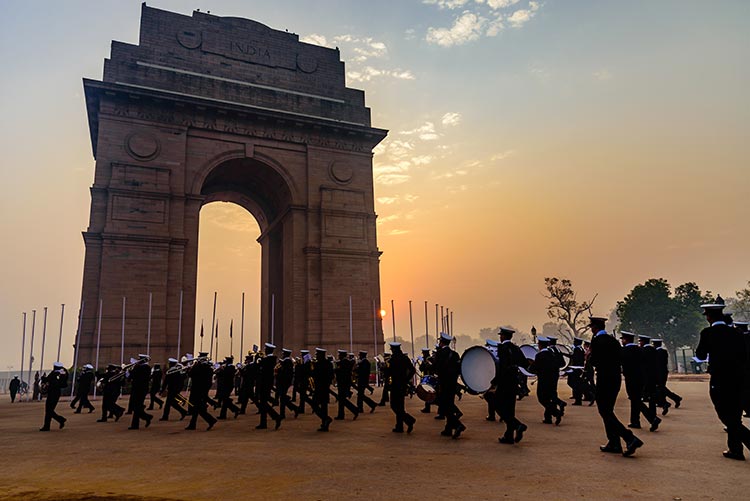
The Republic Day ceremony starts with paying tribute to the brave soldiers who sacrificed their lives for the country. The Prime Minister, on January 26th, offers garlands to these soldiers, at the Aman Jawan Jyoti at India Gate, New Delhi. The R-Day parade kicks off after the PM hoists the Indian flag at the Red Fort.
Fact 3: Presidents of different countries are invited as Chief Guests
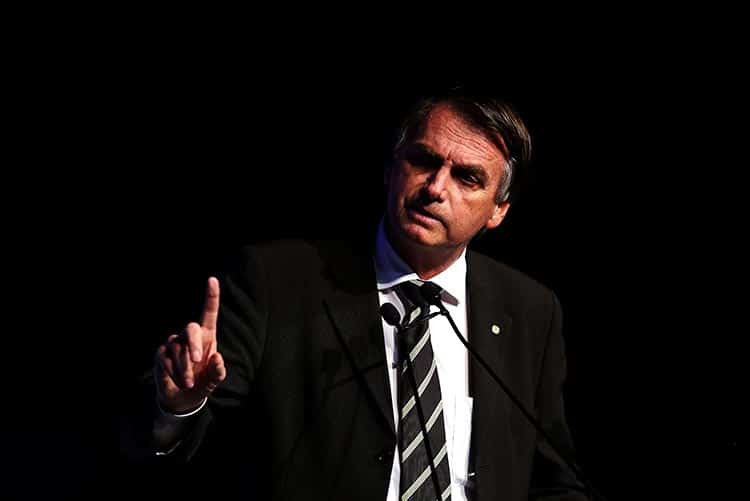
Every year, heads of different countries are invited as chief guests for the celebration. The first-ever chief guest was President Sukarno who was the first President of Indonesia. This year’s chief guest is President Jair Bolsonaro of Brazil.
Fact 4: Republic Day is celebrated for 3 days

The Republic Day celebrations in New Delhi is a three-day affair that comes to an end on January 29th with the Beating Retreat. This takes place on Raisina Hill where the Air Force, Army, and the Navy display their individual bands in splendour. The flag is then brought down while the hymn, “Abide with me” is played. The celebration comes to an end with a bugle call, after which all the bands retreat to the tunes of “Sare Jahan Se Acchcha”.
Fact 5: Bravery awards are given to men, women, and children on R-Day
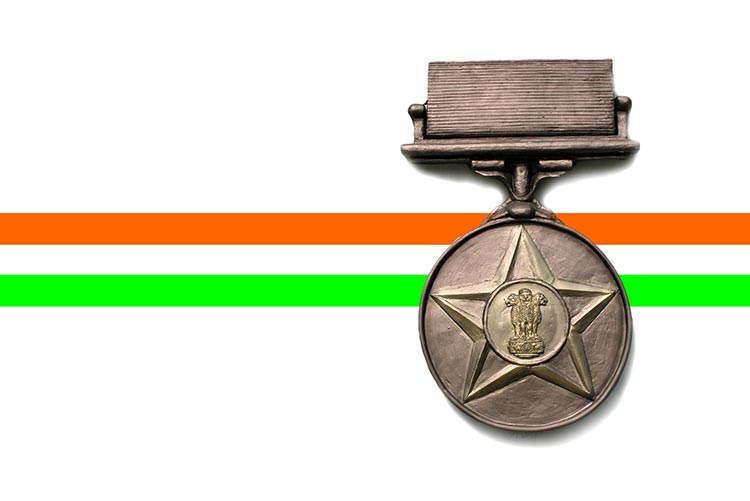
On Republic Day, brave men and women of the armed forces are awarded. Civilians, too, are awarded for courage, hard work, and bravery. Also, children who have displayed immense acts of courage are awarded the National Bravery Award.
On the eve of Republic Day, many national awards such as the Bharat Ratna, Padma Awards, and Kirti Chakra are presented.
Fact 6: The day also celebrates the beginning of a democracy
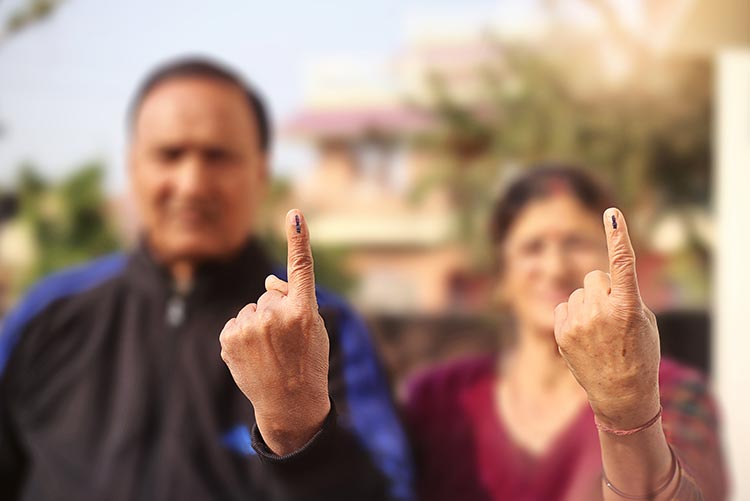
Republic Day is also celebrated as the day, starting from which, India became a democratic country – giving all citizens above the age of 18 the right to vote. It was at this time that citizens became entitled to their fundamental rights.
Fact 7: The Indian Constitution is the longest constitution there is!
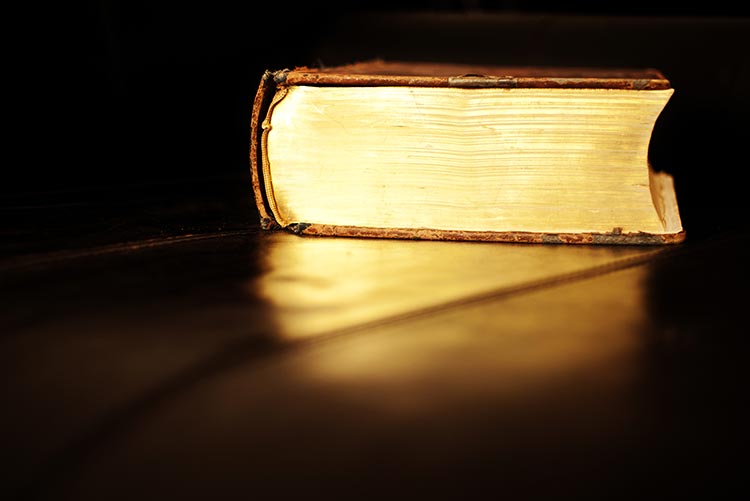
The Indian Constitution, till date, is the longest among all constitutions that exist. When it was created, it had 395 articles and 8 schedules in 22 parts. Today, it has 448 articles, 12 schedules, in 25 parts. A team led by Dr B.R. Ambedkar took nearly 35 months to draft the entire constitution.
The constitution was handwritten in Hindi and English and was signed by 308 parliament members on January 24th, 1950 – two days before it became effective.
Fact 8: The Indian Flag is symbolic
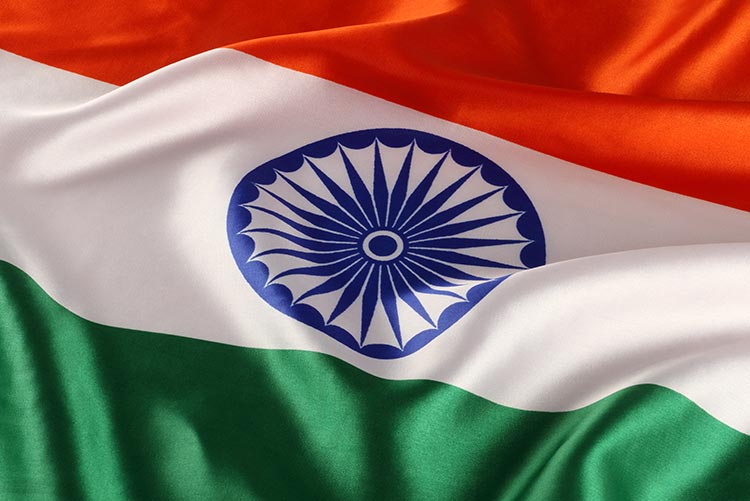
The tri-colour Indian flag initially had a charkha (spinning wheel) which was later replaced by the chakra with 24 spokes – representing the 24 hours of the day. The chakra is borrowed from the Lion Capital of Ashoka which signifies the idea of ‘law and dharma’. The saffron stripe on the flag stands for sacrifice and courage, the white stripe stands for purity and honesty, and the green stripe stands for prosperity.
Fact 9: India followed the India Act, 1935
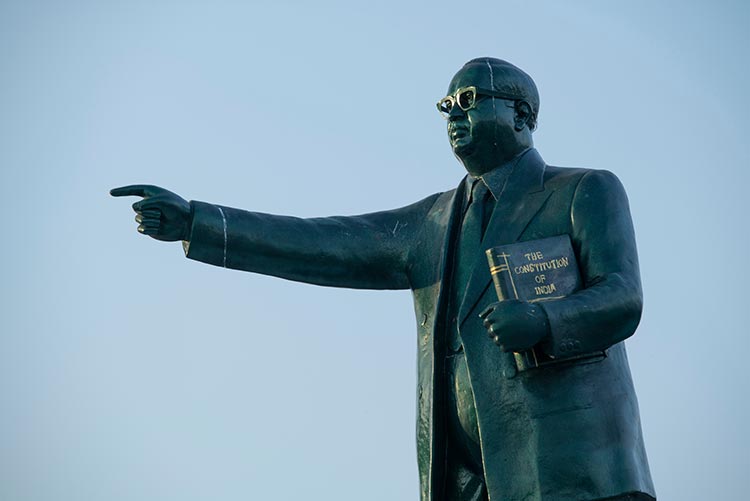
The India Act, 1935 was drafted by the British in the year 1935 and was the longest Act until 1999 when The Great London Authority Act, 1999 was created. Until the Indian constitution was enacted, the India Act, 1935 was in force.
Fact 10: The Indian Air Force became independent on Republic Day
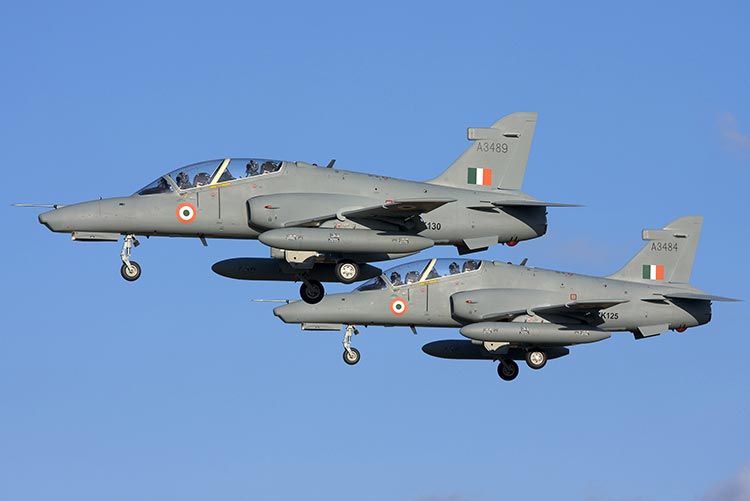
The Indian Air Force was created by the British Empire and was then called the Royal Indian Air Force. It served under the Dominion of India even after India gained independence. It was only when the country became a Republic on January 26th, 1950, that the Indian Air Force lost the prefix, Royal, and became an independent entity.
I hope these Republic Day facts help you recollect a few pieces of info about our country’s history that you can teach your kids. You can make teaching these facts fun at dinner while you serve delicious tri-colour dishes! Let me know how it goes!



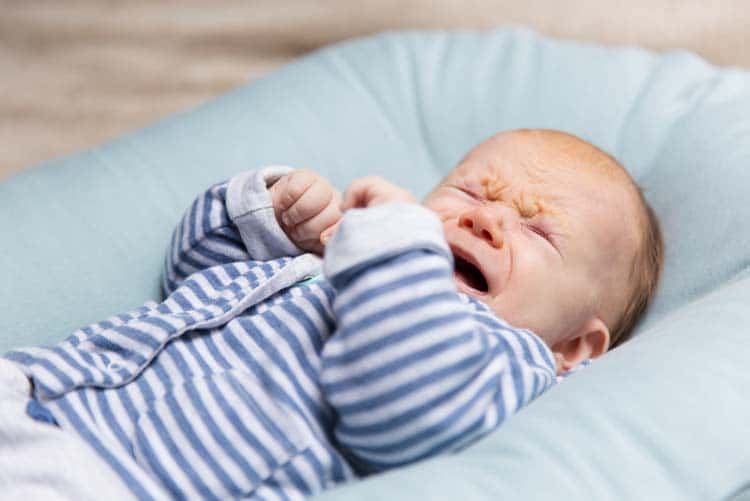

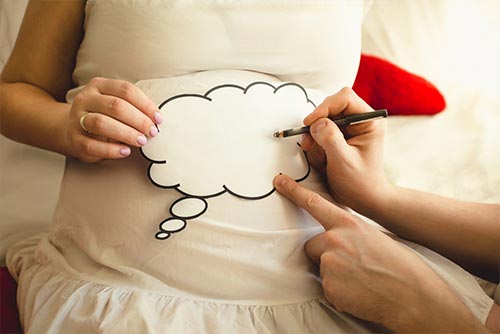
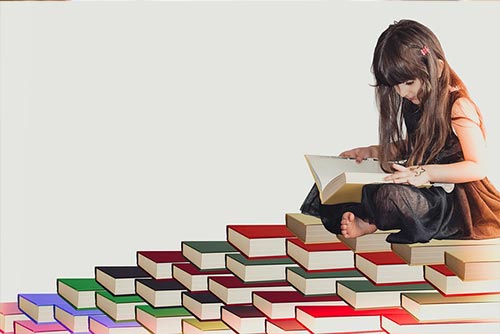


3 Responses
Its the President who unfurls the tricolour at Rajpath on republic day
i think this needs a correction, the president unfurls the national flag on republic day! please cross check
Thanks ?